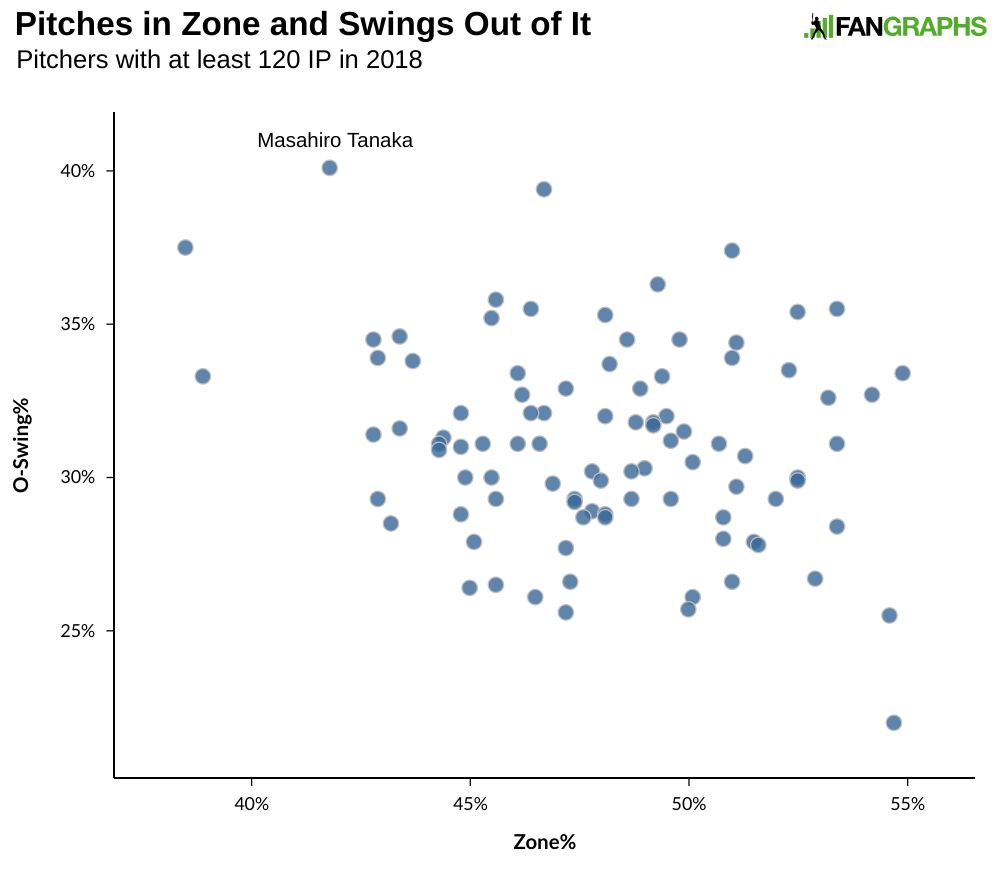David Cone, J.A. Happ, and Jake Petricka on Developing Their Sliders
Pitchers learn and develop different pitches, and they do so at varying stages of their lives. It might be a curveball in high school, a cutter in college, or a changeup in A-ball. Sometimes the addition or refinement is a natural progression — graduating from Pitching 101 to advanced course work — and often it’s a matter of necessity. In order to get hitters out as the quality of competition improves, a pitcher needs to optimize his repertoire.
In this installment of the series, we’ll hear from three pitchers — David Cone, J.A. Happ, and Jake Petricka — on how they learned and developed their sliders.
———
David Cone, Former Cy Young Winner and Five-Time All Star
“I grew up gripping the baseball the same way. Right along the seams, on top of the baseball, was a two-seam fastball. I threw my slider the same way. All I would do was bring both fingers inside the seams a little bit, just to get some friction. I basically threw a two-seam slider my whole career. I’ve seen a few other pitchers who do it that way. Not many.


